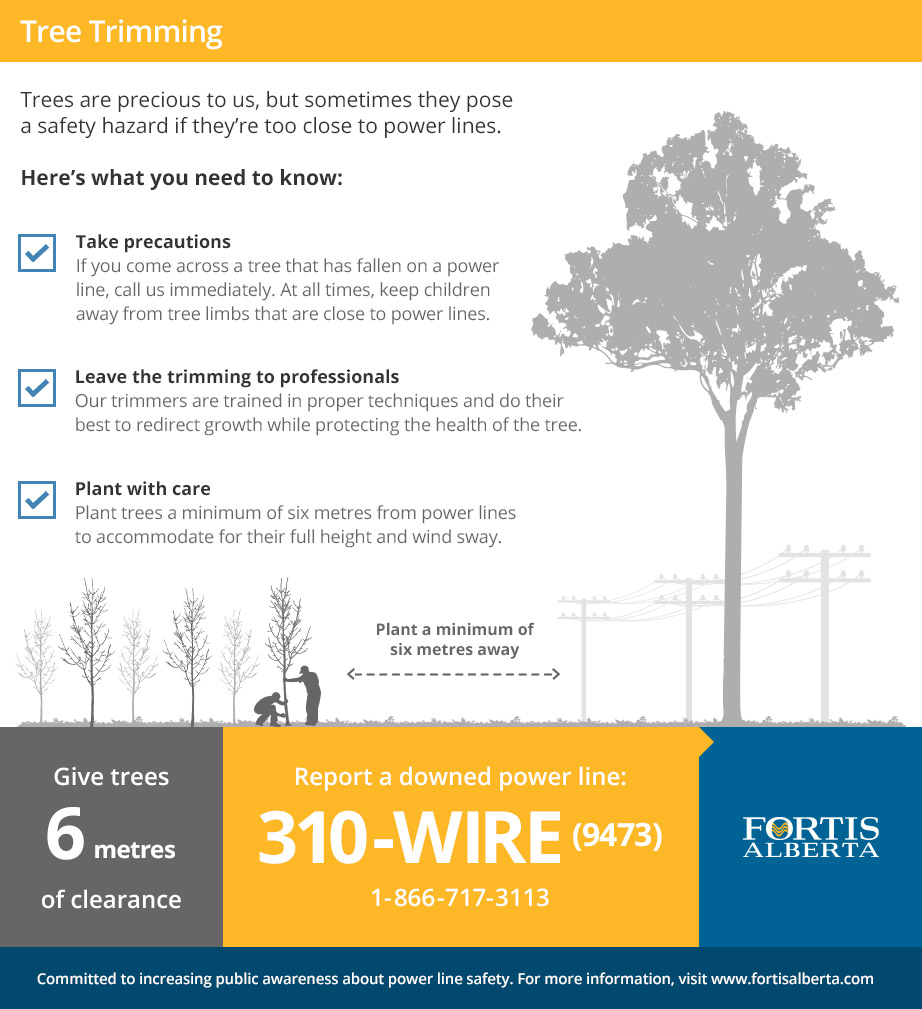When it concerns creating a landscape that thrives, grasping the art of tree pruning is a must. Think of being plant management company to shape your trees with precision, ensuring their vigor and beauty for many years to come. By learning the crucial techniques for correct cuts, timing, and architectural training, you hold the trick to a growing outdoor area that will impress all who experience it. But just how do these pruning techniques absolutely affect the wellness of your trees and the overall landscape visual?
Proper Pruning Cuts for Tree Health
When it pertains to keeping the health of your trees, making appropriate pruning cuts is important. Inaccurate cuts can cause disease, insect problem, and total tree decline. To make sure the vitality of your trees, always start by using sharp, clean devices to make accurate cuts.
Begin by recognizing the branch collar, a puffy area where the branch attaches to the trunk. Reducing just outside the collar aids advertise appropriate healing and minimizes the risk of infection. Prevent leaving stubs as they can welcome parasites and illness into the tree.
Remember to make cuts at a small angle, sloping far from the trunk, to prevent water from pooling on the wound. In addition, remove any kind of dead, harmed, or going across branches to enhance air flow and sunshine penetration.
Timing and Regularity of Pruning
To maintain the health and structure of your trees, comprehending the optimum timing and frequency of pruning is crucial.
The most effective time to trim trees is usually during the inactive season in late wintertime or very early springtime. Trimming during this period helps promote new growth once the tree begins budding in the spring.
Nonetheless, some trees, like spring-flowering ones, are best pruned right after they finish growing to prevent removing following year's flower buds.
Regular trimming is necessary, but the regularity depends on the tree varieties and its development price. For most trees, an annual evaluation to get rid of dead, unhealthy, or crossing branches is recommended. Young trees may need even more regular pruning to establish a strong structure, while fully grown trees may just require maintenance trimming every couple of years.
Prevent trimming during the fall when illness are more conveniently spread, and refrain from heavy trimming throughout the summertime when the tree is actively expanding.
Educating Young Trees for Structure
For developing solid and healthy and balanced trees, training young trees for ideal structure is necessary. By shaping arborist chips when it's young, you set the structure for a tough and visually appealing fully grown tree.
Begin by recognizing the main leader, which is the main upward-growing branch. Urge the central leader's development by pruning away completing leaders, helping the tree create a strong main trunk. Furthermore, get rid of any branches that grow internal or downward, as they can create structural problems as the tree expands.
It is essential to space out side branches uniformly around the trunk to advertise well balanced growth. As the tree matures, continue to monitor its development and prune as required to keep its form and structure.
Effectively educated young trees are much less most likely to establish weak crotches or jammed branches, lowering the threat of damages during storms. Investing time in training young trees will pay off with a perfectly structured and durable tree in the future.
Verdict
Since you have actually mastered the necessary methods of tree trimming, your landscape gets on its means to flourishing. By utilizing sharp devices, making specific cuts, and appropriately timing your pruning sessions, you are making certain the health and wellness and longevity of your trees. https://kwwl.com/2020/08/15/out-of-town-tree-trimmers-expect-to-be-in-cedar-rapids-for-months/ in mind to on a regular basis inspect and preserve your trees to maintain them flourishing. With your newly found knowledge, your landscape will continue to expand perfectly for years to find. Maintain the magnum opus!
